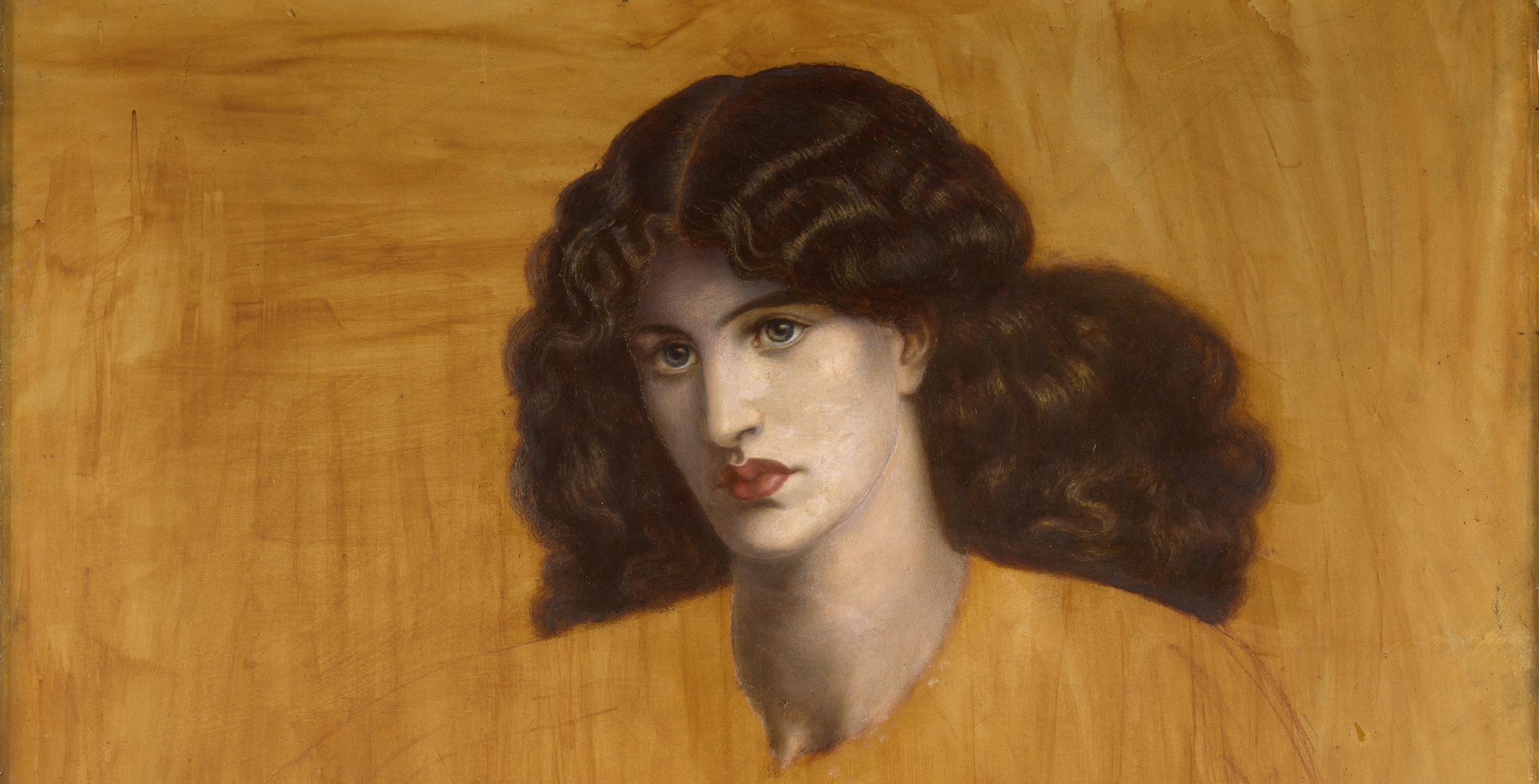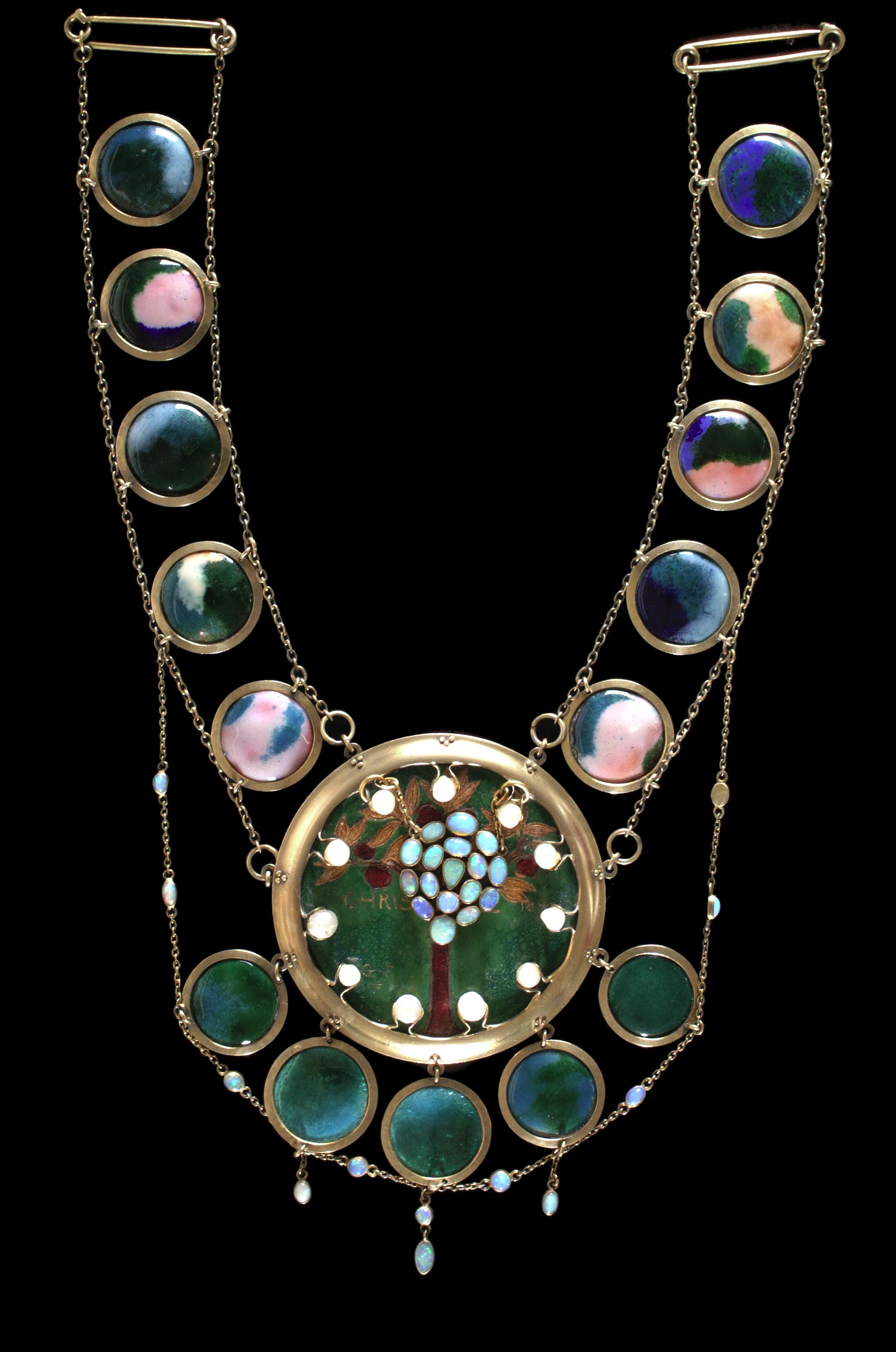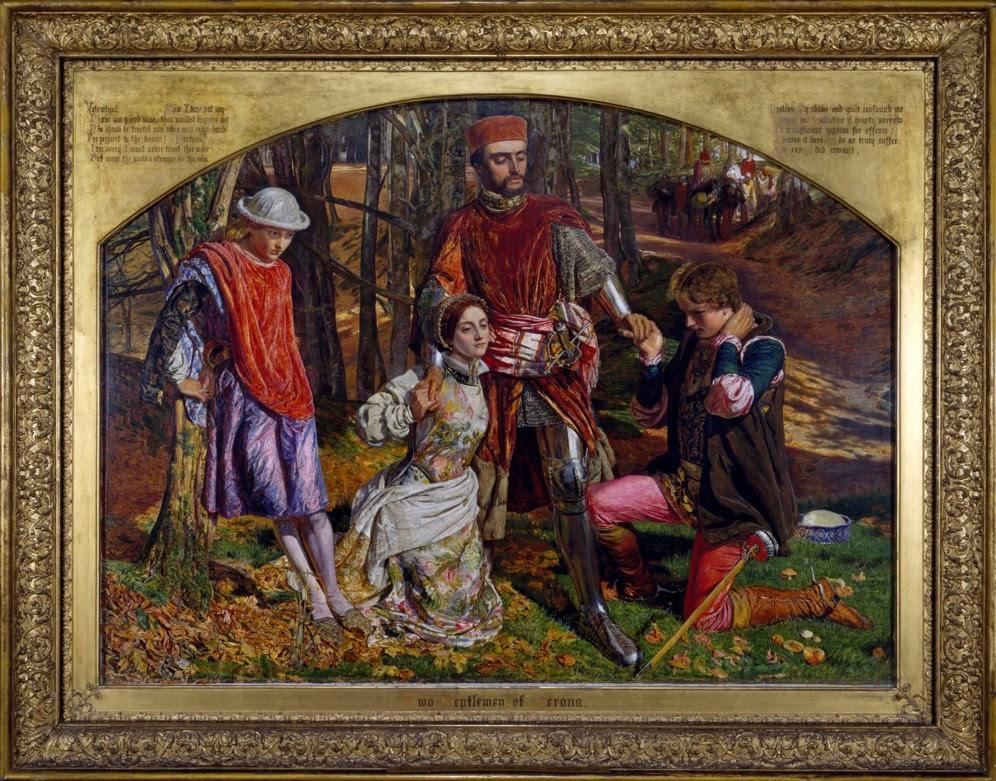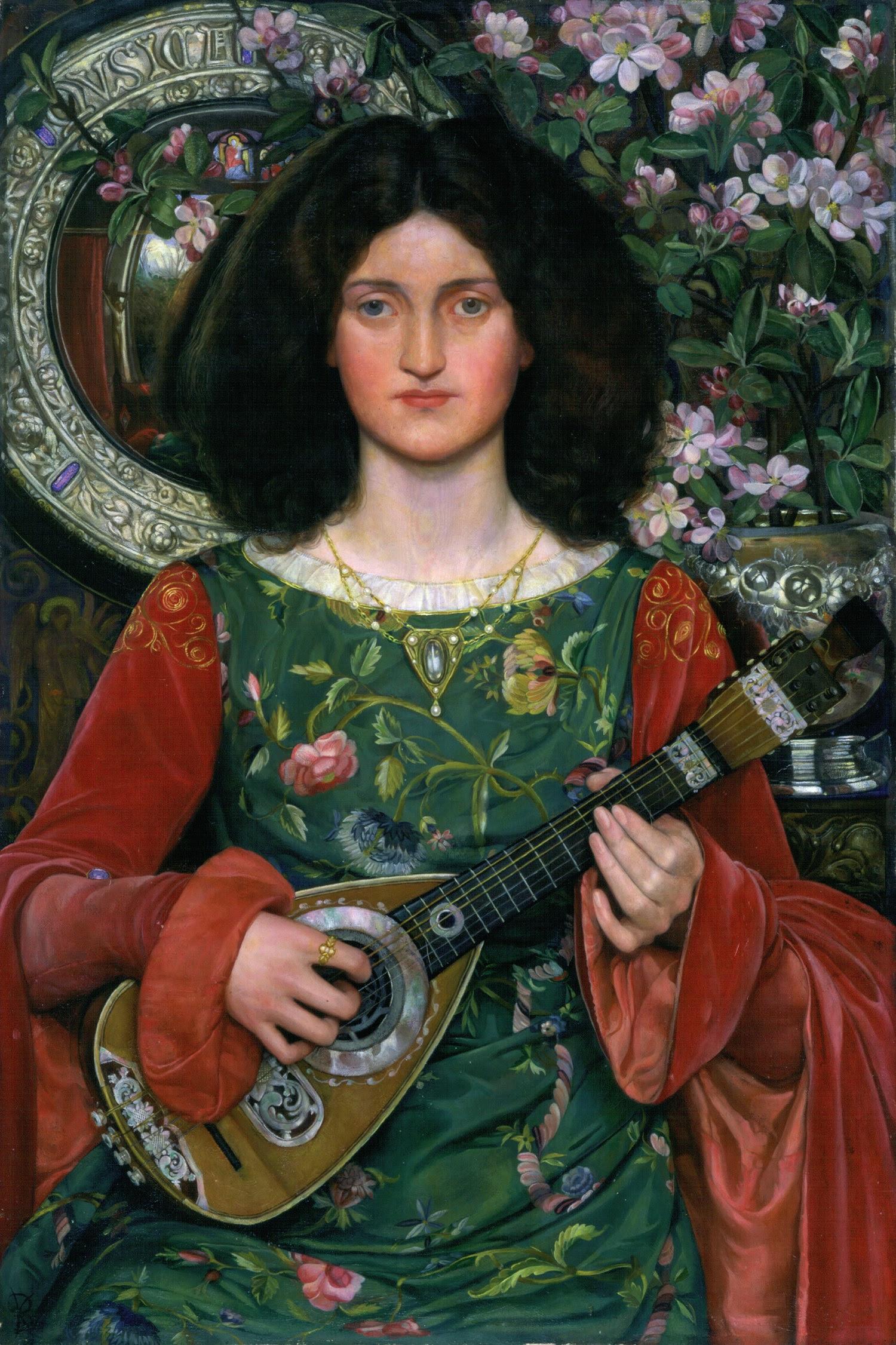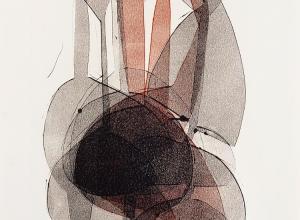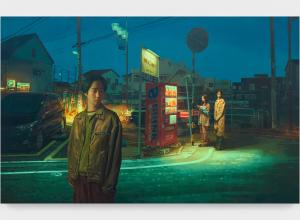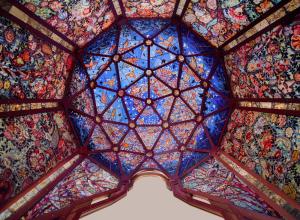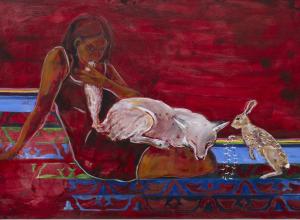Victorian Radicals features work by notable Pre-Raphaelite and Arts & Crafts artists including Ford Madox Brown, Edward Burne-Jones, William Holman Hunt, John Everett Millais, William Morris, and Dante Gabriel Rossetti. Playing out against the backdrop of late 19th-century England, these influential movements were concerned with the relationship between art and nature, questions of class and gender, the value of the handmade versus machine production, and the search for beauty in an age of industry—all relevant issues in our current era of anxiety amid rapidly evolving technologies.
“This exhibition is perfect for Seattle right now,” says Chiyo Ishikawa, SAM’s Susan Brotman Deputy Director for Art and Curator of European Painting and Sculpture. “These artists wanted art to infuse every aspect of life, believing it could be a force for social good. Somewhat paradoxically, they looked back to England’s medieval past for inspiration, revering nature, authenticity, and the handmade—and in doing so, they brought up questions about the purpose of art in society that future generations would continue to grapple with.”
ABOUT THE EXHIBITION
Victorian Radicals is presented chronologically, tracing a 60-year period across the turn of the 19th century.
The First Industrial Nation
In the late 1840s, London’s Royal Academy of Arts dominated artistic practice with a focus on the classical European tradition of painting and sculpture. Artists such as Sir Edwin Landseer, Charles Eastlake, and William Etty were admired by Queen Victoria for their large, dramatic paintings inspired by Renaissance artists. The exhibition opens with an introduction to this tradition that the Pre-Raphaelites would come to reject: a hierarchal reliance on the grand style of history painting. Also at this time, new technologies—including electroplating and the introduction of steam power—were rapidly increasing the speed and output of manufacturing, and the mass-produced objects made, particularly from the hub of Birmingham, were highly ornate.




